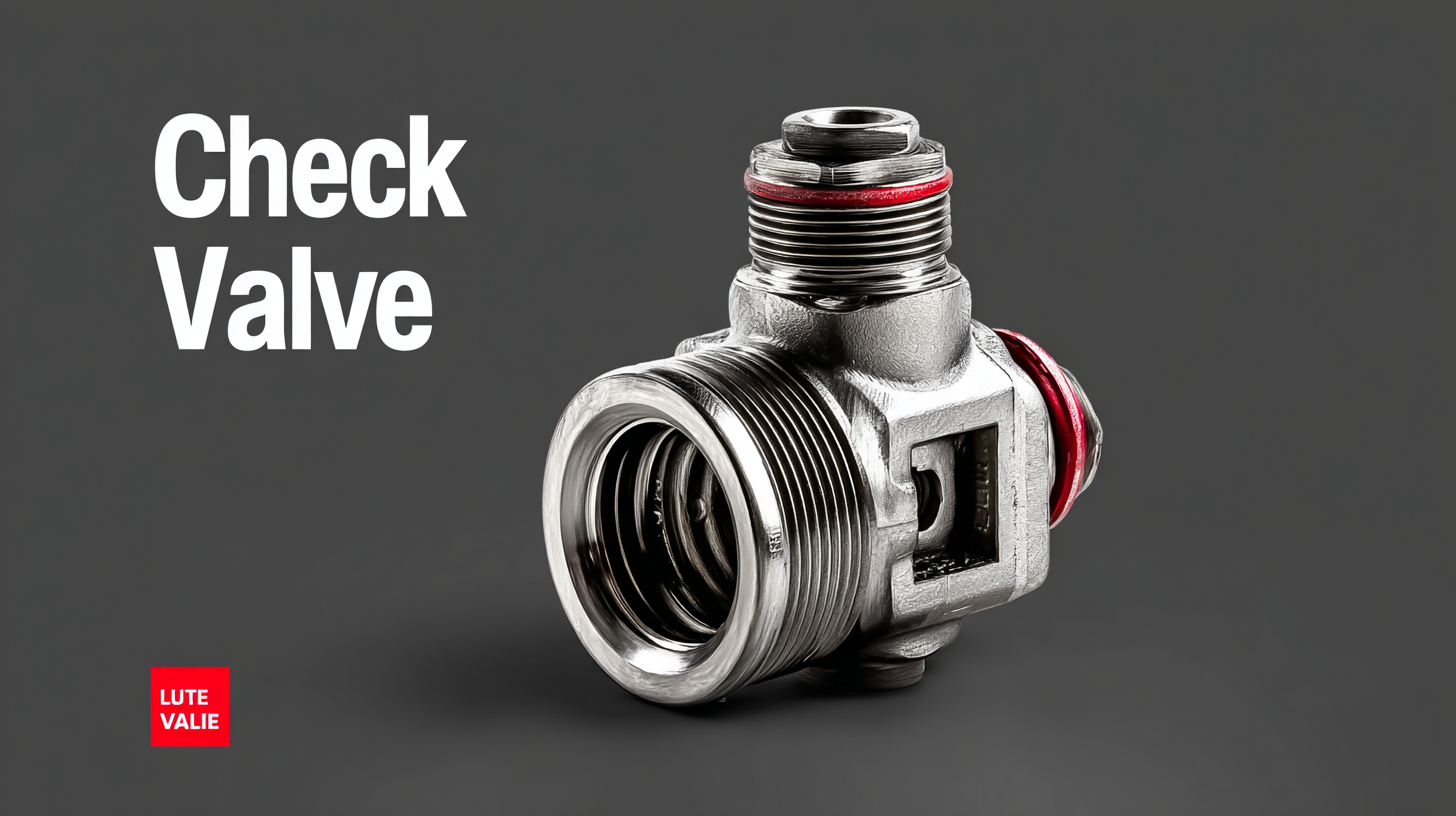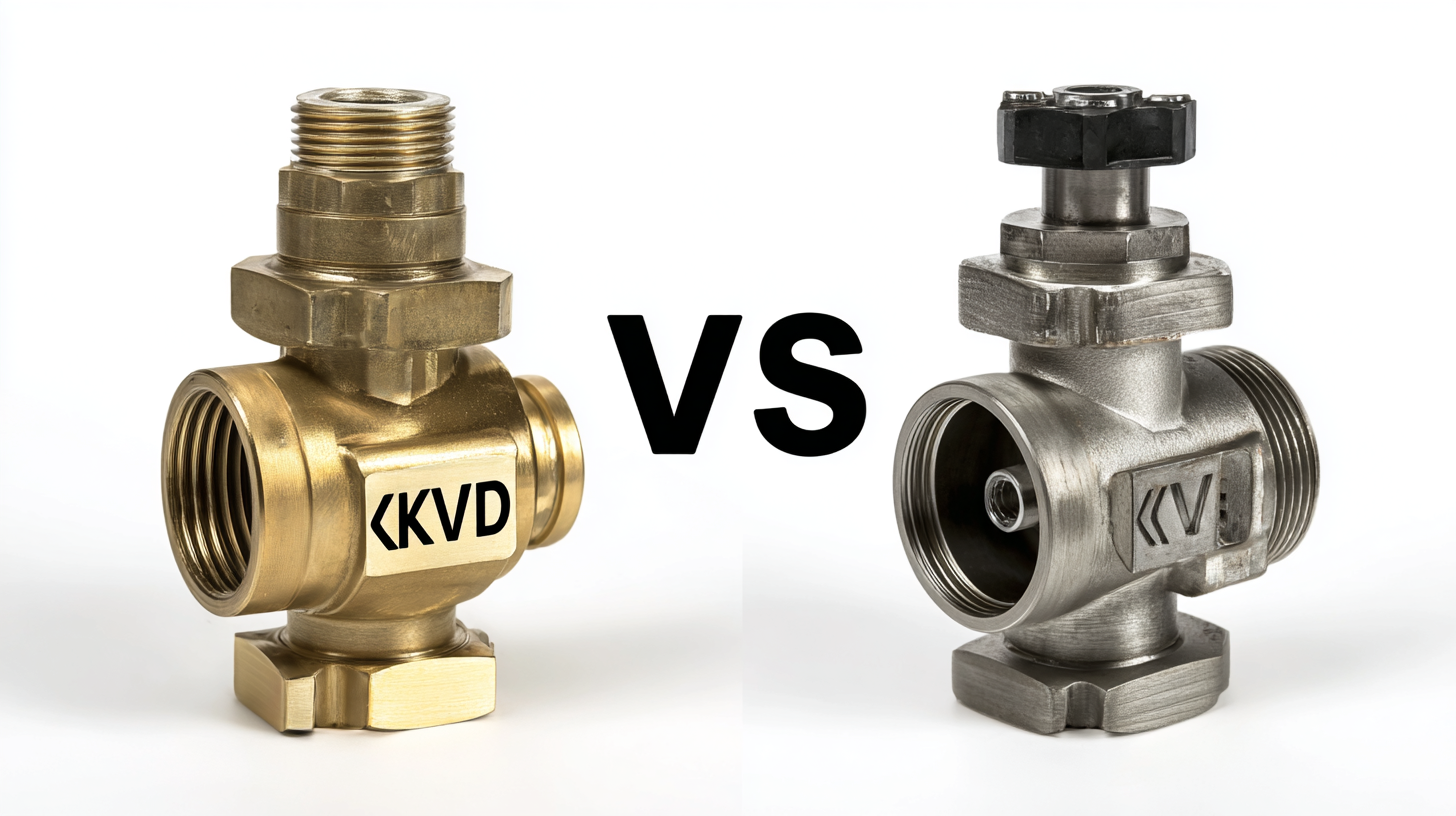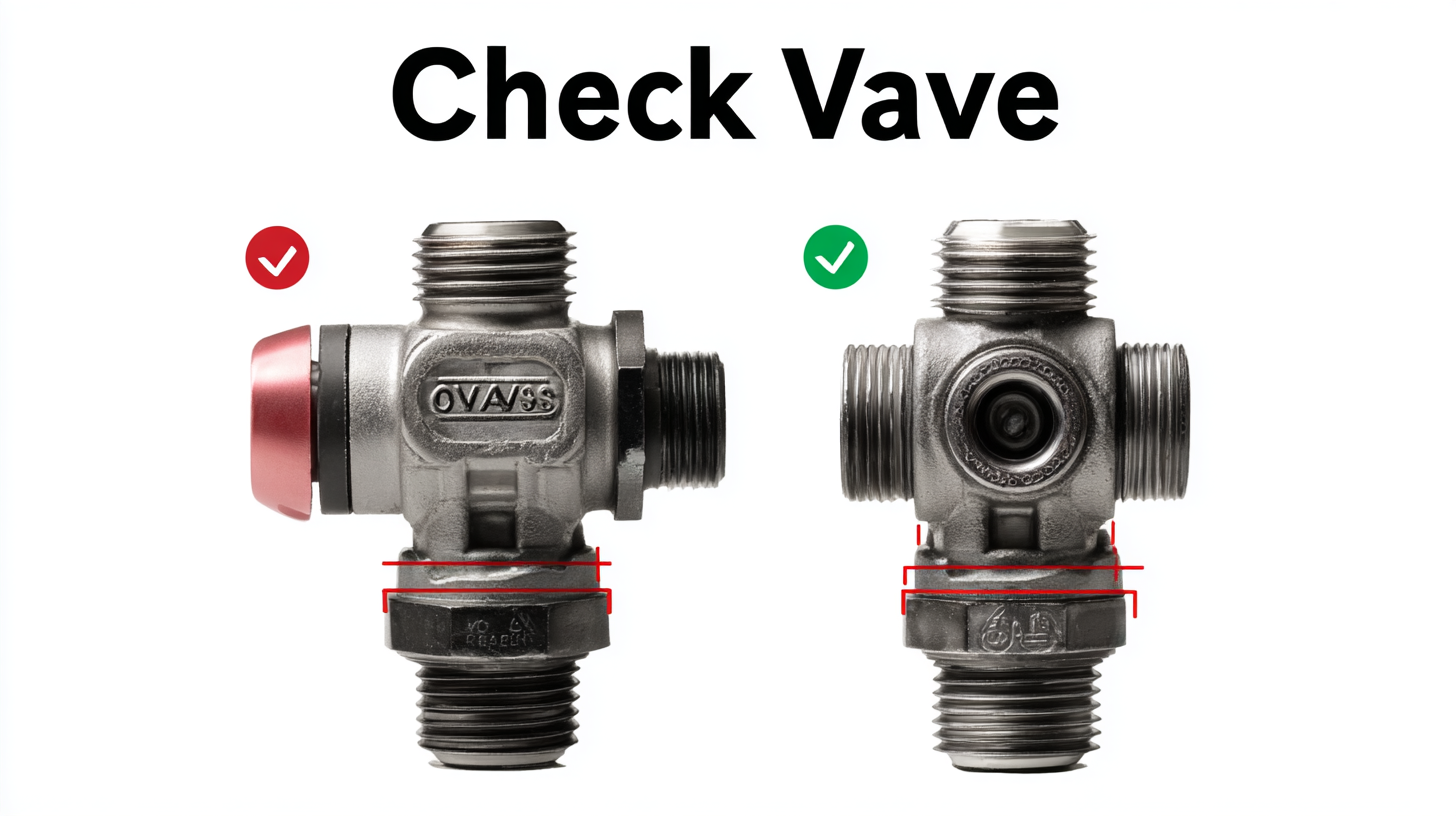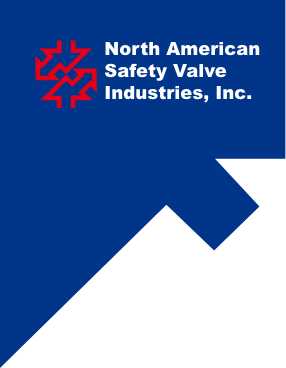Ultimate Guide to Comparing the Best Check Valves: Features, Benefits, and Performance
In the realm of fluid control systems, the significance of a reliable Check Valve is paramount. According to a report by the Global Market Insights, the check valve market is projected to exceed $8 billion by 2026, reflecting the increasing demand for safe and efficient fluid management solutions across various industries, including oil and gas, water treatment, and HVAC systems. Check valves play a critical role in preventing backflow, ensuring that systems operate smoothly and safely, thus minimizing the risk of costly operational failures. This guide will delve into the essential features, benefits, and performance metrics of the best check valves available, offering insights that empower industry professionals to make informed decisions tailored to their specific applications. As the industry evolves, understanding the intricacies of these components becomes crucial for maintaining the highest standards of quality and reliability - a hallmark of the globally trusted Chinese manufacturing sector.

Understanding Check Valve Certifications: A Comprehensive Overview
Understanding the certifications associated with check valves is crucial for ensuring their reliability and performance in various applications. Certifications, such as those from recognized standards organizations, signal that a product has passed rigorous testing and complies with industry specifications. For instance, check valves that meet the ASTM F1485 standard ensure quality regarding pressure and temperature ratings, which is essential for maintaining the integrity of fluid systems. This standard lays the groundwork for safety, particularly in industries like water treatment and chemical processing, where failures can lead to severe consequences.
Additionally, manufacturers often seek ISO 9001 certification, which emphasizes quality management systems. A recent report highlighted that approximately 75% of organizations claim a significant improvement in performance after obtaining ISO certification. This is particularly relevant for check valve manufacturers, as consistent quality control leads to enhanced reliability and durability of the valves. Ultimately, understanding these certifications not only aids in the selection of the best check valves but also ensures optimal performance and compliance in their intended applications.

Key Features of Quality Check Valves in Global Trade
When it comes to global trade, the significance of quality check valves cannot be overstated. These essential components are pivotal in various industries, including oil and gas, water treatment, and manufacturing, to prevent backflow and ensure system reliability. According to a recent report by Market Research Future, the global check valve market is projected to reach USD 5.4 billion by 2027, showcasing a CAGR of 5.1% from 2020 to 2027. This growth underscores the increasing demand for high-performance valves that meet stringent industry standards.
Key features to consider when evaluating check valves include material compatibility, pressure rating, and flow direction. High-quality check valves are typically constructed from durable materials such as stainless steel, which offers excellent corrosion resistance and longevity. Additionally, proper sizing and pressure rating are crucial to avoid failures or leaks under varying operational conditions. A study published in the Journal of Industrial Engineering highlights that using the right check valve can reduce energy costs by up to 20% in fluid handling applications. As global industries strive for efficiency and sustainability, investing in reliable check valves becomes imperative for optimizing performance and maintaining system integrity.
Ultimate Guide to Comparing the Best Check Valves: Performance Metrics
The Role of Performance Metrics in Check Valve Selection
When selecting check valves, performance metrics play a crucial role in ensuring that the chosen valve meets specific operational requirements. The effectiveness of a check valve can dramatically influence system efficiency, particularly in environments where flow dynamics are critical. Recent advancements highlight the importance of performance metrics such as flow rates, pressure drops, and response times. Understanding these metrics allows engineers to make informed decisions that enhance overall system performance.

The ongoing transformation toward digital and automated manufacturing processes has further emphasized the need for effective check valve selection. Technologies such as sensor monitoring are increasingly utilized to track hydraulic valve performance in real-time, ensuring optimal system functionality. This integration not only boosts productivity but also facilitates dynamic hydronic balancing, leading to significant energy savings in HVAC systems. With the right metrics and monitoring techniques in place, industries can significantly enhance operational performance while minimizing energy consumption and costs.
Comparative Analysis of Check Valve Types: Which is Best for Your Needs?
When it comes to ensuring the efficient flow of fluids in piping systems, selecting the right check valve is crucial. The market offers various types, including swing check valves, lift check valves, and ball check valves, each designed with distinct features that cater to different applications.
Swing check valves are ideal for low-pressure systems, where a simple forward flow is required. Their design allows the valve disc to swing open, facilitating smooth flow but providing minimal resistance.
On the other hand, lift check valves excel in high-pressure environments where the flow needs to be monitored more closely. They utilize a spring mechanism to help the disc lift off its seat, ensuring that backflow is effectively prevented while maintaining flow efficiency.
Ball check valves offer a versatile option and are suitable for various fluid types, including both liquids and gases. Their robust design reduces the risk of leakage, making them an excellent choice for demanding applications.
By understanding the specific benefits and performance characteristics of each type, you can make an informed decision and select the best check valve for your needs.
Benefits of Import-Export Certifications for Check Valve Manufacturers
In today's competitive market, obtaining import-export certifications is essential for check valve manufacturers looking to enhance their credibility and reach. Reports from the International Trade Administration indicate that companies with recognized certifications experience up to a 30% increase in export opportunities due to enhanced trust from global clients. These certifications not only demonstrate compliance with international quality standards but also signify a commitment to excellence that can differentiate manufacturers in a crowded marketplace.
Moreover, certifications can lead to significant cost savings during the export process. According to a study by the World Bank, businesses with valid certifications are often subjected to fewer inspections and reduced tariffs, ultimately streamlining the supply chain and lowering overall operational costs. This efficiency is vital as the demand for high-quality check valves continues to grow, with the global market projected to reach $5.5 billion by 2027, according to Market Research Future. Manufacturers that prioritize obtaining these certifications can position themselves as leaders in the industry, capitalizing on the increasing global demand while ensuring their products meet stringent safety and quality standards.
Ultimate Guide to Comparing the Best Check Valves: Features, Benefits, and Performance
| Feature | Benefit | Performance |
|---|---|---|
| Material Quality | Enhanced durability and corrosion resistance | Longer lifespan in harsh environments |
| Pressure Rating | Greater safety for high-pressure systems | Reliable performance under pressure |
| Flow Rate | Improved system efficiency | Minimized pressure loss |
| Maintenance Requirements | Lower operational costs | Less downtime |
| Certifications | Compliance with industry standards | Increased customer confidence |
